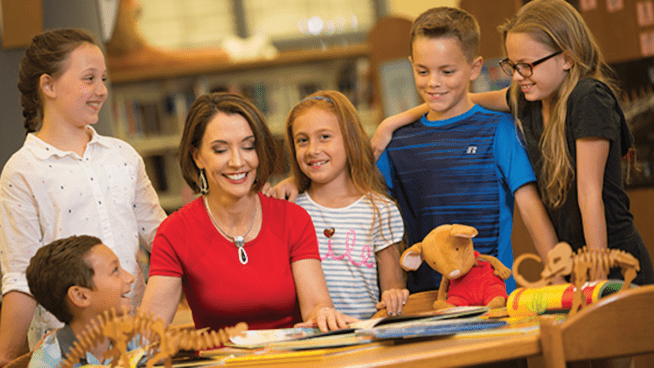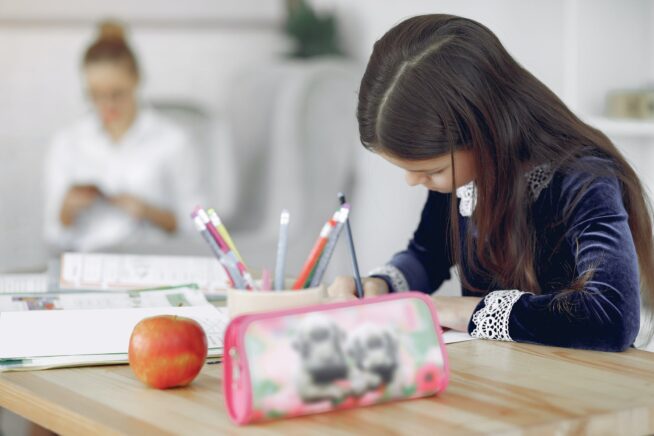How many of us take for granted the ability to read and write? I would guess — millions of people, probably you included. Those of us who learned these skills in grade school just assume that everyone has this ability, but that isn’t really true. Literacy can sometimes be taken for granted.
Building Literacy Skills
Literacy skills are not universally held by everyone in the world, and even in our own developed countries, children and youth continue to struggle just to learn the basics of reading and writing. We know that if they don’t master the basic ability to read, write and communicate effectively, their chances for career success and financial stability as they become adults are both under threat.
All young people, all over the world, are our future and I believe we owe them a strong foundation in literacy.
But how can we better support and celebrate literacy and keep it alive and well? This is a question I have thought a lot about and I have some ideas of how to breathe new life into what might seem like just an old-fashioned concept. And guess what? It’s not a revolutionary idea. In fact, it’s a return to basics that I am proposing.
My approach is based on the fact that literacy begins the moment a child picks up his or her first pencil or crayon. The connection between reading and writing has existed for many years in education, and I feel that it is crucially important today that we not lose sight of this. And I know that many educators agree and are also strongly supportive of efforts that build basic literacy skills.

Learning Through Handwriting
My own belief is that handwriting is a key skill for children to master on their way to becoming literate. Here’s how my own experience has shaped my passion for this issue.
I first became aware of the close connection between reading and writing early in my career. When I started out at IBM, I worked as an Educational Marketing Representative. In that job, I witnessed firsthand the success of early electronic products such as Writing to Read, which helped young Kindergarten and first grade students learn to read through the act of handwriting.
At that time, children were encouraged to first write phonetically, and then develop spelling, sentence structure skills, and along with that, they would practice penmanship. This approach created an effective bridge to literacy at a very early age. It wasn’t long before we saw that the students using Writing to Read would outperform their counterparts in reading fluency, comprehension and other language arts components, like spelling and writing texts.
While the early learning technology was clearly part of this success, I believe the bigger factor was that handwriting with a pencil or pen was strongly encouraged and taught as a key component of the overall strategy.
But where is this focus on the pencil, crayon or pen today? How many pre-school children can negotiate their way around the screen on a tablet, cellphone or TV game system, but don’t properly know how to hold a pencil?
Practicing Penmanship
This is why I have been working hard to have my Spread Thanks movement spread into the school systems across the US and around the world. It’s a simple concept whereby you send one handwritten thank you card out every day! This practice is an ideal and fun way for children to practice their penmanship and literacy skills while learning the value of being thankful.
I love how this concept has the power to impact children’s literacy by bringing the art of hand-writing back in focus. Imagine a group of school children excited to be creating notes of thanks to the special people who help them in their lives. They could send a note to their bus driver, a special teacher, their grandmother or their babysitter.
When I presented this idea to a large group of educators a few months ago, they were enthusiastic at the prospect. We are just taking small steps at this point, but the idea of getting it into the school system is gaining more and more traction every day.
I feel it is an important responsibility to support literacy in any way I can, so I have also earmarked a portion of the proceeds from the sale of my products to support the efforts of the 826 National charitable organization which helps low-income students explore creativity, share stories, and build essential literary skills. It’s a fabulous group with seven chapters in major US cities.
Now it’s your turn. If you could pick up your own pen and note card, who would you thank today? Why not do it? Send it off to them and watch the power of your pen send the power of gratitude into overdrive. Thank you for sharing your thoughts and experiences below and thank you for spreading thanks in your corner of the world.
Elena Anguita is a change agent, speaker, and author of Spread Thanks! Create Miracles Through The Power of Ink who supports education and passionately believes in the transformative power of gratitude. You can connect with Elena on Facebook, Instagram, Twitter, and SpreadThanks.com.
Image courtesy of Gustavo Fring.












